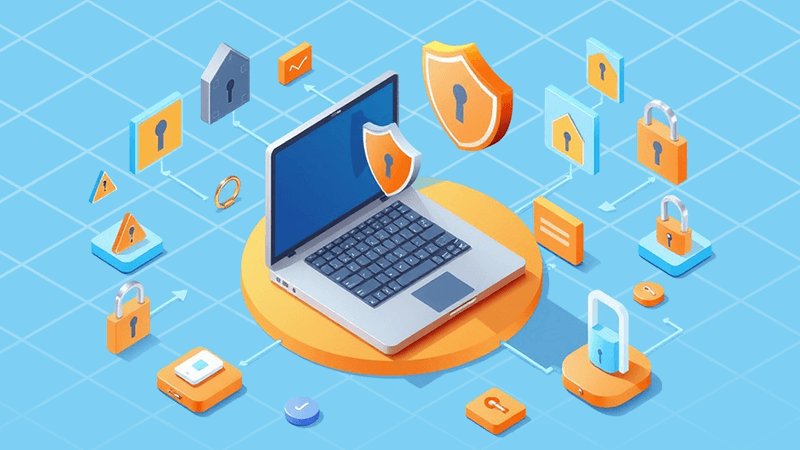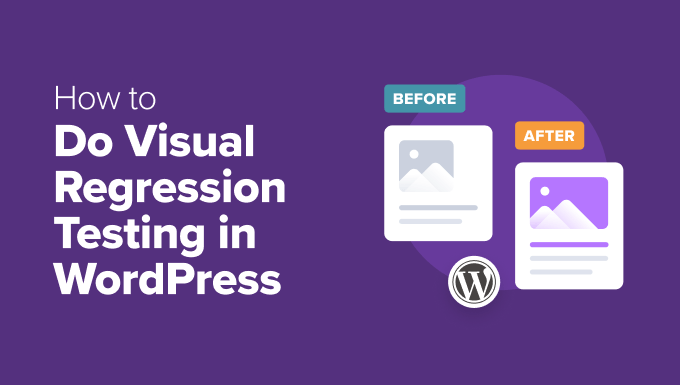

As we move into 2025, the digital ecosystem continues to grow in complexity, bringing unprecedented opportunities and, alongside them, new risks. Websites and online platforms—whether for eCommerce, SaaS, or enterprise communications—are prime targets for increasingly sophisticated cyberattacks. Protecting your digital assets demands more than just standard antivirus or legacy firewalls; modern cyberthreat protection now requires a layered, adaptive approach grounded in robust cybersecurity principles.
Understanding Today’s Cybersecurity Challenges
The range of cyberthreats has expanded well beyond simple malware or phishing. Today, organizations face advanced persistent threats (APTs), ransomware attacks, DDoS campaigns, supply chain vulnerabilities, and attacks targeting Internet of Things (IoT) devices. Threat actors—from organized crime syndicates to state-backed groups—exploit zero-day vulnerabilities, social engineering, and even artificial intelligence to bypass traditional security controls.
While the scale and variety of cyberthreats have increased, so too have the tools and strategies available for defense. Cybersecurity in 2025 is about proactive detection, real-time response, and continuous improvement.
The Pillars of Effective Cyberthreat Protection
Staying ahead of cyberattacks hinges on a multilayered strategy, combining advanced technologies and proven frameworks. Here’s what modern cyberthreat protection looks like:
- Next-Generation Firewalls (NGFWs): These go beyond basic traffic filtering, integrating intrusion prevention, application visibility, and advanced malware protection. NGFWs help secure the perimeter and provide deep packet inspection to identify suspicious activity in real-time.
- Endpoint Security and Threat Intelligence: 24/7 monitoring of servers, endpoints, and network devices is essential for early detection of anomalies. Integration with global threat intelligence platforms allows security teams to recognize and block emerging threats before they cause harm.
- Network Segmentation: Software-defined segmentation isolates critical assets, limiting the lateral movement of threats inside your environment. Smart segmentation balances performance and security, ensuring rapid containment if an incident occurs.
- User Verification and Zero Trust Access: Multi-factor authentication (MFA), device trust checks, and least-privilege models ensure that only authorized users and devices can access sensitive resources, whether on-premises or remote.
- Continuous Monitoring and Incident Response: Advanced monitoring systems—often managed by a Network Operations Center (NOC)—deliver real-time visibility, rapid triage, and coordinated response to incidents. Well-defined incident response plans are crucial for minimizing downtime and mitigating risks.
- Data Backup and Disaster Recovery: Regular, automated backups and tested recovery protocols provide resilience against ransomware, data corruption, and system failures.
- Compliance and Policy Enforcement: Adhering to international standards such as ISO 27001, GDPR, and region-specific regulations ensures both data protection and business continuity.
The Human Element: Empowering Users and IT Teams
Technology is vital for cyberthreat protection, but people play a key role. Social engineering attacks—like phishing and vishing—often target human error instead of system flaws. Ongoing security awareness training helps users spot and report suspicious activity, while clear policies guide safe behavior. Providers such as Dataplugs support this with around-the-clock assistance, ensuring both end-users and IT teams stay informed and ready to respond to threats.
Harnessing Advanced Threat Intelligence for Proactive Defense
Effective cyber defense depends on up-to-date threat intelligence—data about new malware, vulnerabilities, and attack trends. Integrating this intelligence into your security systems lets you spot and block threats faster. Artificial intelligence and machine learning boost these efforts, helping to detect unusual behaviors and adapt defenses in real time. This proactive approach keeps your defenses strong as threats evolve.
Incident Response and Rapid Recovery: Minimizing Impact
Even with strong defenses, breaches can happen. Having a clear incident response plan limits damage and speeds up recovery. This means having steps for detection, containment, and restoration, plus regular drills to keep your team sharp. Quick recovery—using secure backups and immediate fixes—helps organizations return to normal fast. Working with experts like Dataplugs gives you access to proven recovery tools and guidance.
Compliance, Privacy, and Regulatory Readiness
Cybersecurity also means meeting legal and regulatory standards, like ISO 27001 and GDPR. Following these frameworks ensures best practices in data handling and breach notification. Regular audits and documented procedures support compliance. Service providers with built-in compliance help businesses maintain strong security and meet industry requirements with ease.
Emerging Threats and Future-Proofing Your Website
As cyberthreats evolve, so must your defenses. In 2025, attackers will continue leveraging automation, AI, and the dark web to scale their operations and evade detection. Businesses must adopt a mindset of continuous improvement, leveraging AI-driven analytics, behavioral threat detection, and automated patch management to stay ahead.
Proactive vulnerability assessments, penetration testing, and regular staff training further reduce the risk of successful cyberattacks. The goal is to achieve holistic cyberthreat protection—securing endpoints, applications, data, and users wherever they operate.
Why 24/7 Cybersecurity Monitoring Matters
Around-the-clock monitoring is now a necessity for any organization that values uptime, reputation, and data integrity. A dedicated NOC, staffed by skilled engineers and backed by enterprise-grade infrastructure, ensures that threats are detected and remediated before they impact your website or business operations.
A Trusted Partner in Cyberthreat Protection
Organizations seeking reliable, scalable, and resilient cybersecurity solutions can look to infrastructure providers with proven expertise. Dataplugs, for example, integrates these best practices through its Tier 3+ data centers, direct connectivity, and 24/7 support. By leveraging robust network management and advanced security protocols, businesses gain peace of mind—knowing their digital assets are protected in a rapidly shifting threat landscape.
Conclusion: Building Resilience for 2025 and Beyond
The pace of digital transformation is accelerating, and so are the challenges posed by cyberthreats. Effective cyberthreat protection is not a one-time investment but an ongoing commitment to vigilance, innovation, and adaptation. By embracing a comprehensive cybersecurity strategy—built on next-generation technologies, expert management, and a culture of security—you can safeguard your website and business from the threats of today and tomorrow.
Whether you are looking to bolster defenses against ransomware, minimize downtime from DDoS attacks, or ensure uninterrupted access to your essential services, a trusted partner like Dataplugs provides the expertise, technology, and reliability needed to protect your digital assets around the clock. Our team is available day and night via live chat or at sales@dataplugs.com to help you strengthen your cyberthreat protection strategy.





